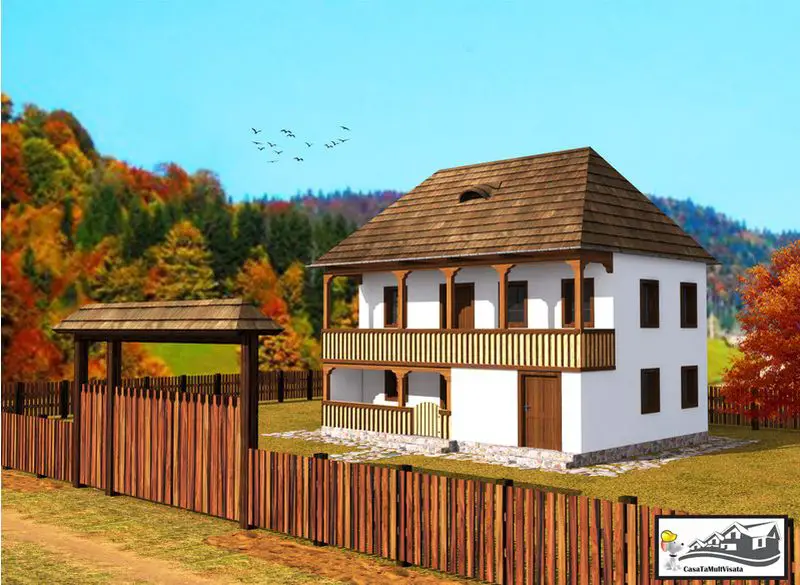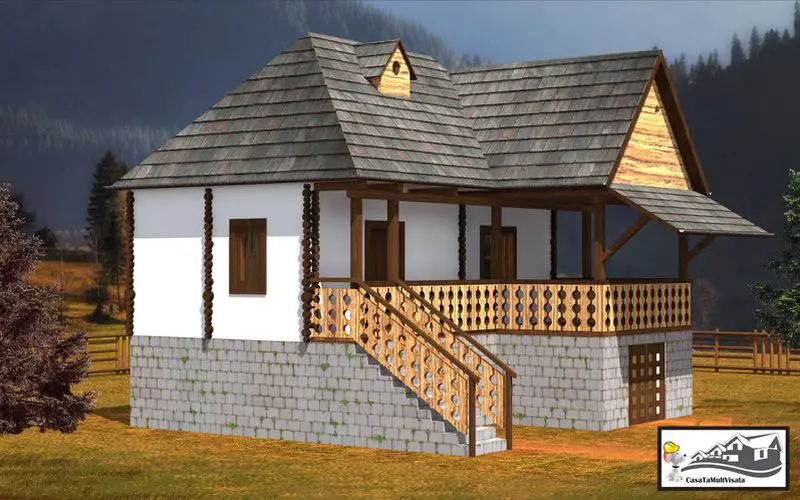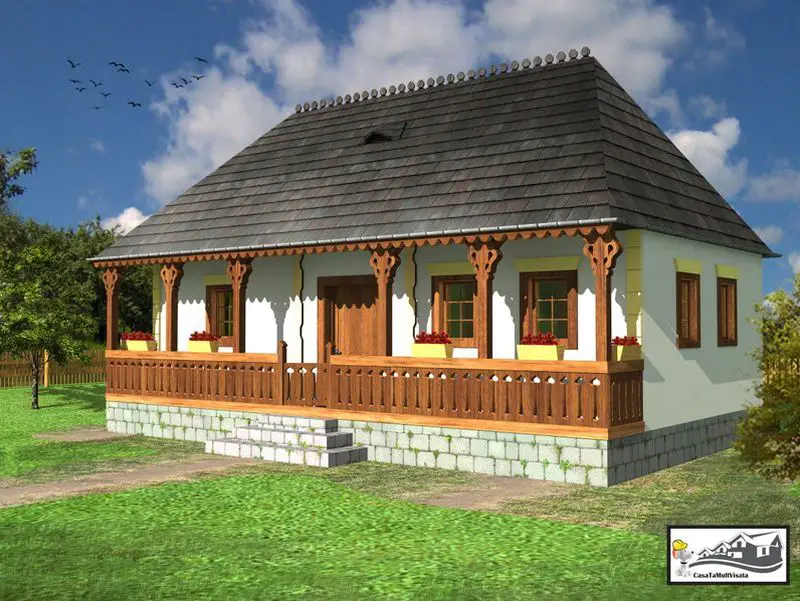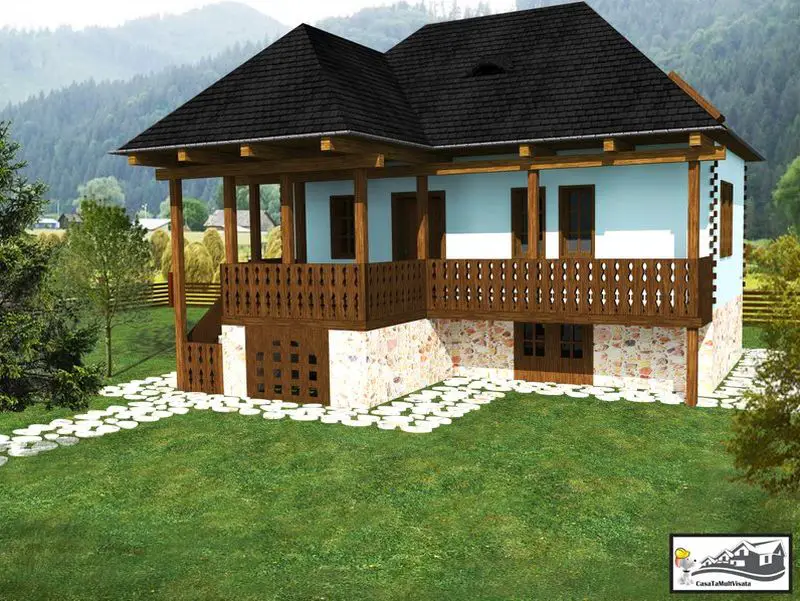Romanian Peasant Houses – Centuries Of Spirituality Under A Single Roof
Of the large topic of Romanian traditional houses which we have repeatedly dealt with, we singled out a new approach and, given the current contemporary context and its architectural characteristics, an original one: Romanian peasant houses. Some of us grew up in them and now live with the nostalgia of those simple, yet charming homes, exuding an authentic beauty. Built from cob, adobe or wood, these peasant houses carry under their roof stories of an era about to conclude, in which people used to live in full harmony with nature and God.
Casatamultvisata SRL, a company based in Cluj-Napoca, a city in NW Romania, is now seeking to revive the spirit of the Romanian village by building traditional houses coming from various geographical and historical areas of the country. Their arguments in favor of such a business choice is overwhelming: “living in such a house means living in a cosmical meadow, aware of a destiny which is the direct result of eternity, and preserving the cultural values and traditions. The pride of the village of lying at the core of the universe and the destiny has kept us as a single people which has survived over the centuries. The village has never been lured and drawn into the history others made over our heads, but kept itself clean thanks to its poverty and mythology to endure until it can become the sole foundation of an authentic history, preserving the precincts of a village, the regional traditional architecture, ancient customs and traditions and, lastly, those people of character and God-abiding”.
The peasant homes are, in general, homes with hip roofs, a unique architectural element in Europe which continues a Neolithic tradition. This type of house, which is typical to many Romanian regions, evolved in a territory distinct from Central Europe where we mostly see gable roof houses, with gables decorated in a rural baroque style, as we can see in Austria, Slovakia, Moravia, Bohemia or Hungary. Except for houses built in lower lands, more exposed to natural calamities or invasions, Romanian peasant houses are mostly built from wood. But regardless of the construction material, the peasant house has always been a fundamental axis of the man’s life, a genuine center of the universe around which revolved all sorts of practices and customs which shaped a popular type of Christianity.
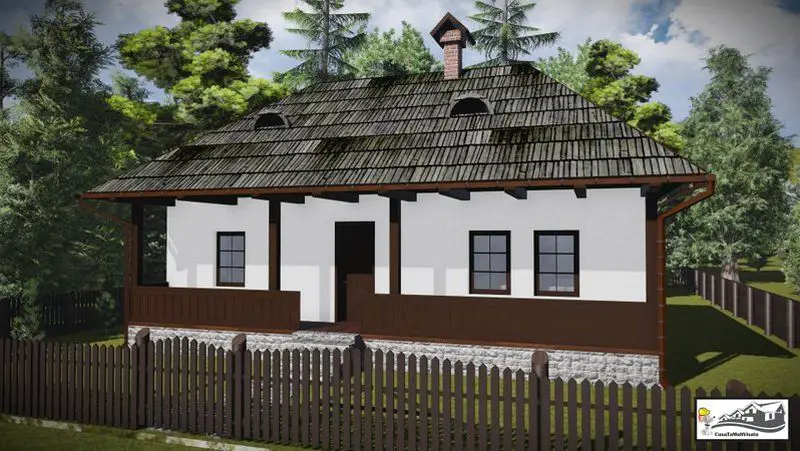
Romanian peasant houses – each of these houses come from a distinct ethnological region of the country
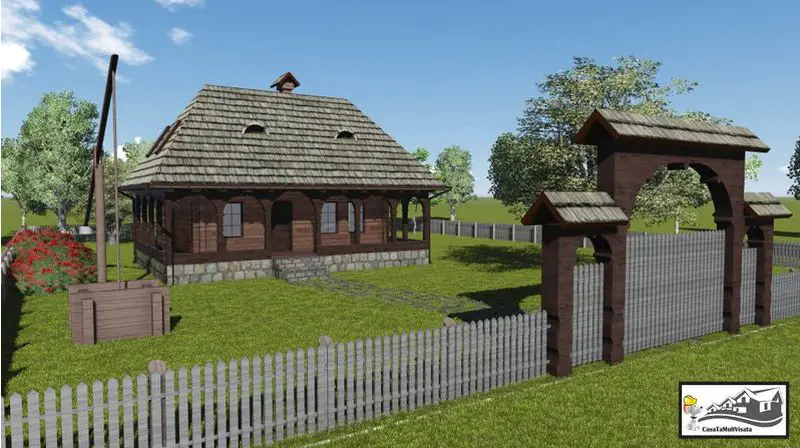
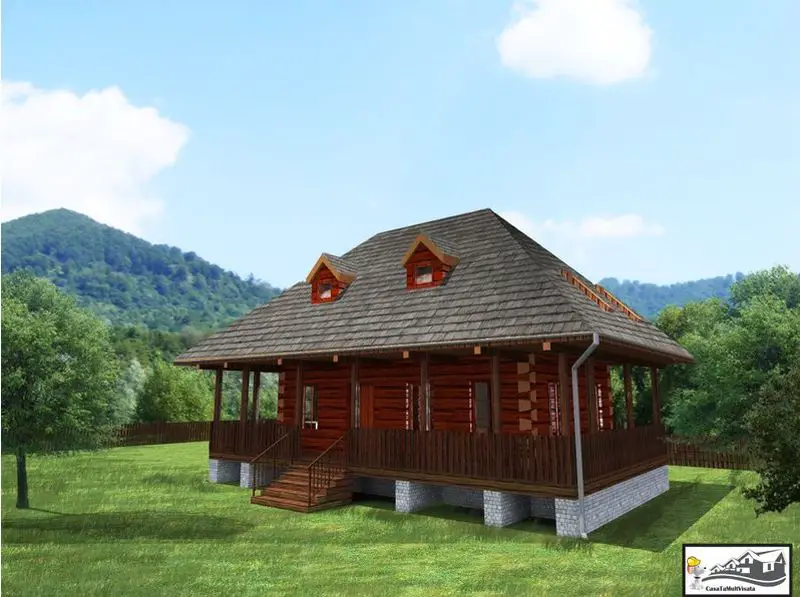
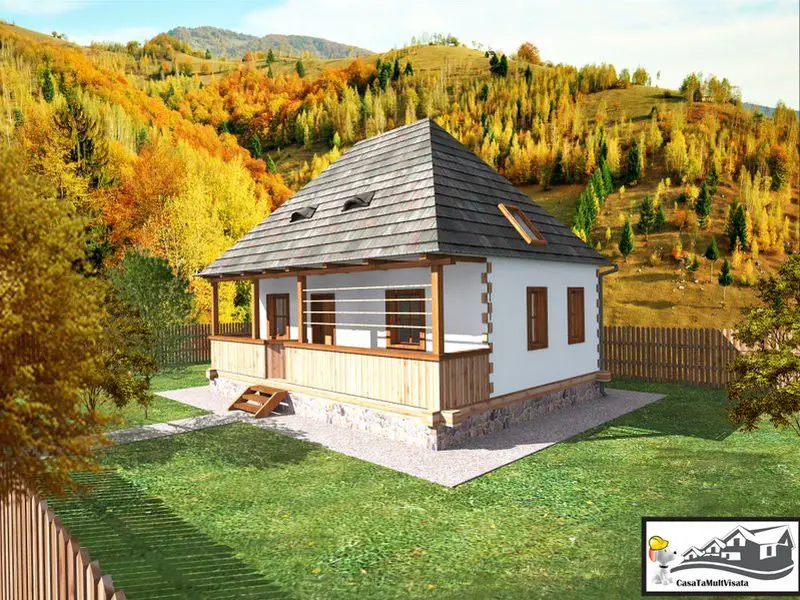
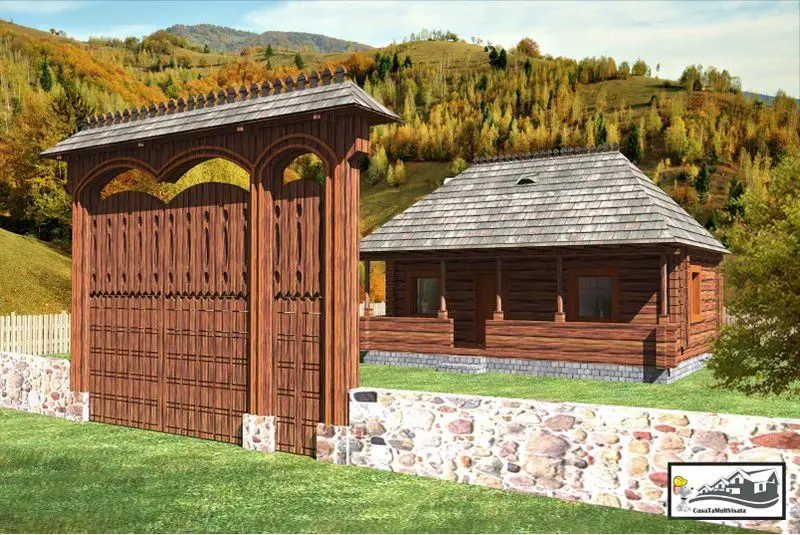
Once one has made up his mind about the type of peasant house, the Cluj-Napoca based company draws the plans so the house to build matches the customer’s specific needs, since some want it as a holiday retreat, others look for a permanent living space. A team of craftsmen then take care of the building process which end up in a “unique project” and not just a copy of the chosen design. Within two to three months the shell house is ready. Upon request, three other months are needed to do all the finishes inside, furniture included.
The craftsmen characterize these houses as being “examples of architectural values perfectly integrated into the Romanian cultural landscape, while also perfectly answering environmental concerns of the future’s society and meeting essential qualities in terms of volumetric harmony, practical functionality and technical ingeniousness by use of solely local natural materials”. They also encourage houses to be built with materials that are sourced from the ethnological region homes come from and with local construction techniques and decorations.
The price of such a peasant house starts from 25,000 Euros and can go up by other tens of thousands depending on the living area, the building materials and the finishes. Generally, the construction materials are easy to secure, since we mainly talk about wood of various essences (fir tree, spruce, oak and beech), stone and clay. As concerns the building techniques, these vary from manual stone carving, wattling and wood processing by use of pre-industrial technical means.
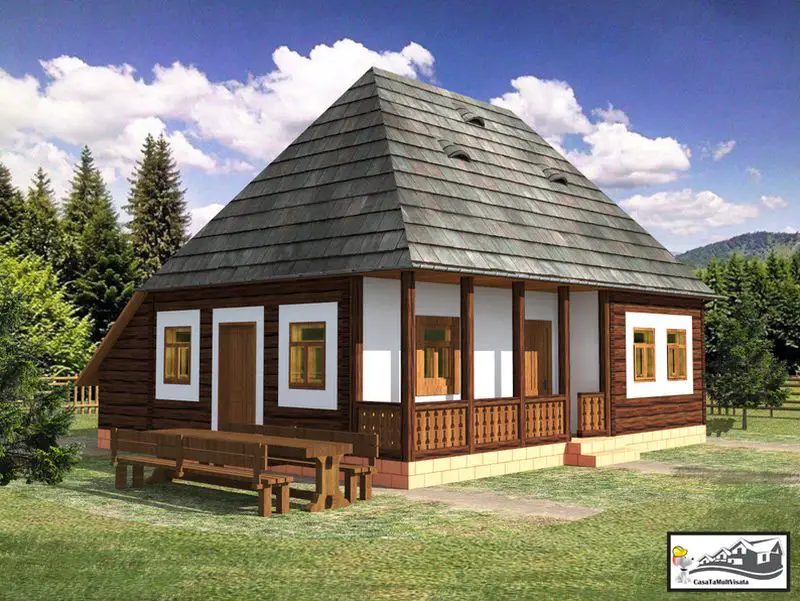
Romanian peasant houses – “unique projects” that craftsmen build by using local material and techniques
